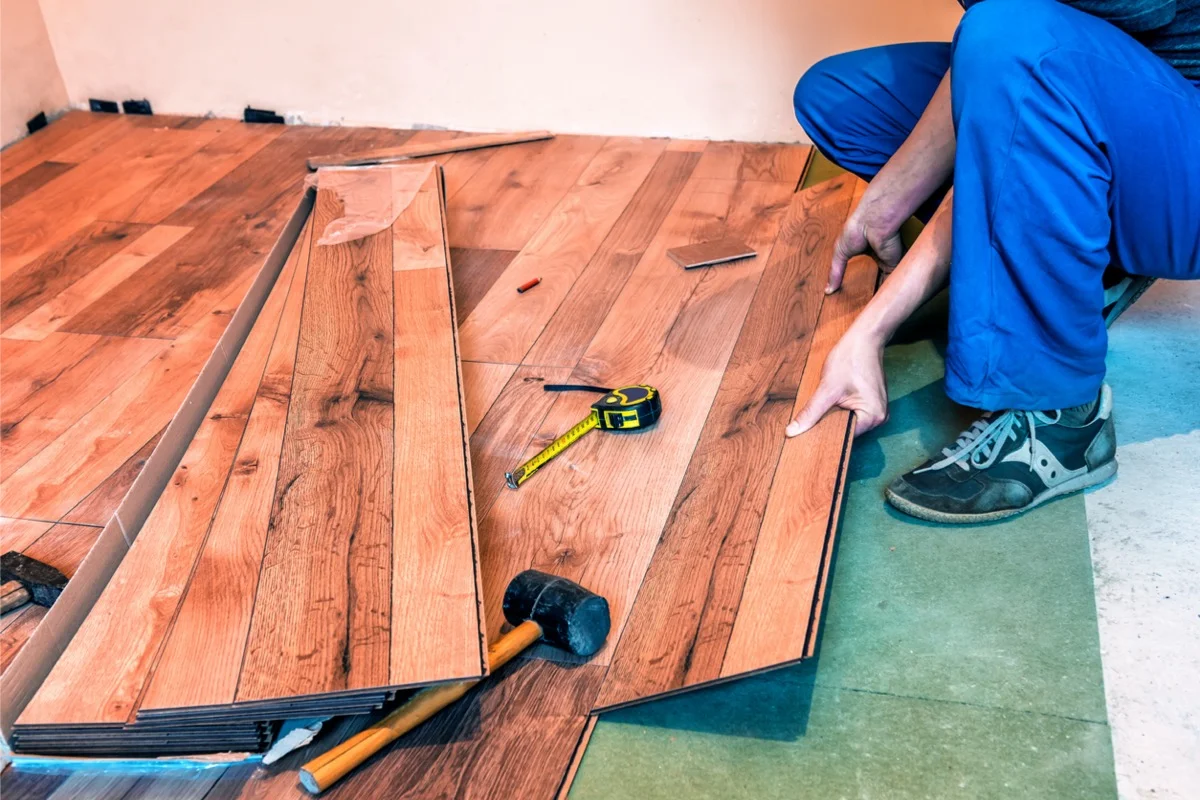There are several steps you can take to keep your floors in top condition and looking their best.
One of the most crucial strategies is to regularly dust your wood floors to avoid dirt, dust and grit from accumulating and leading to scratches on them.
Don’t Over-Clean
Although regular hardwood floor maintenance is essential, it’s also wise to avoid over-cleaning them. Doing this will preserve their natural beauty while preventing your floor from appearing dull over time.
By keeping dust and dirt off your wood floors through dry mopping, sweeping, or vacuuming on a regular basis is an effective way to ensure they look their best when wet products need to be applied for deep cleaning purposes.
Ideally, to give your floors an in-depth cleaning, the appropriate cleaner and mop should be used. Follow all instructions of the product, and do not oversaturate with water which could cause moisture damage and staining of your floor surface.
Avoid cleaning products containing bleach or ammonia as these chemicals can discolor and disintegrate wood floors if used. They may also dissolving lignin which acts as an adhesive between cells of wood to provide strength and softness to its construction.
Don’t Over-Wax
Hardwood floors – whether new, recycled wood, vintage flooring – need regular waxing in order to maintain their appearance and protect them against stains and scratches. Additionally, this helps seal the porous surface and increase shine.
Waxing floors is an affordable and straightforward way to maintain their appearance while adding an additional layer of protection that could extend their lifespan.
Wax your floors every six to 18 months using mineral spirits-soaked cloth wiped over small sections of floor space.
If there is no white or colored residue left on the cloth, it’s time to rewax.
Avoid oils, waxes and furniture sprays until you know for certain that your floor has a wax finish (which is becoming less common). Such products will attract dirt more readily while making cleaning harder and leave behind sticky residue which can increase risk of slipperiness causing slipperiness accidents.
Don’t Over-Sanitize
To extend the lifespan of your floors, it’s essential that you take great care when disinfecting them. Bleach and Lysol are highly corrosive substances; to prolong their lifespan it would be wiser not to use these on wood flooring.
If your floors feature polyurethane finishes, be sure to conduct a small trial run first before applying a cleaner to all of it. Give the solution 10 minutes to sit before wiping down to assess its effects and see how well it works.
Use a spray-on disinfectant with a microfiber mop to quickly kill germs and bacteria on your hardwoods surfaces. Different products work better on different wood species; read through product labels to identify what suits you best.
Hardwood floors add elegance and charm to any home, yet require regular care and maintenance in order to remain beautiful. Frequent foot traffic, pet fur and dust bunnies can contribute to buildup that dulls their finish and leaves floors looking gritty or discolored.
Don’t Over-Paint
If you plan on painting your hardwood floors, it is best to avoid oversaturation with paint as this could create an unpleasant textured appearance that might not suit your aesthetic.
Unoverpainting hardwood floors is important because removing excess paint after it has dried can be very challenging, often necessitating scraping and solvent use to get it off – both methods which could damage your floor surface in the process.
If you are painting hardwood floors, opt for paint specifically formulated for them in order to avoid splatters and spills on furniture or walls. Furthermore, this makes the task of cleaning it off easier if any does get onto them.




